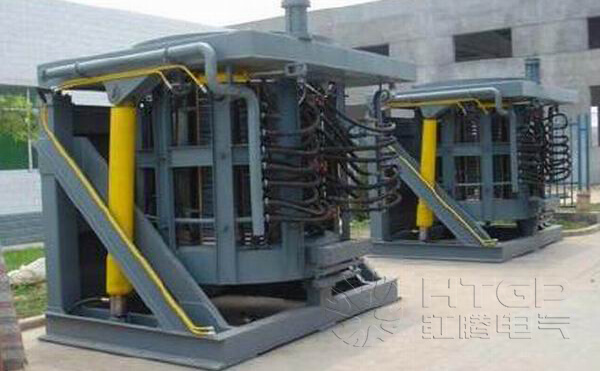How to Install an Industrial Metal Melting Furnace?
Installing an industrial metal melting furnace requires careful planning, coordination, and adherence to safety regulations. Here are some general steps to consider during the installation process.

Industrial Metal Melting Furnace Installing Steps
Site Selection
Choose a suitable location for the installation of an industrial melting furnace. Consider factors such as accessibility, ventilation requirements, proximity to utilities (electricity, water, gas), and available space for auxiliary equipment and material storage.
Equipment Sizing and Layout
Determine the appropriate furnace capacity based on your production needs and the types of metals you plan to melt. Consider the layout of the furnace, ensuring adequate space for material handling, charging equipment, exhaust systems, and safety barriers.
Utilities and Infrastructure
Ensure that the necessary utilities, such as electricity, water, and gas, are available and properly connected to the furnace. Consult with qualified professionals to ensure compliance with local building codes and regulations regarding utility connections.
Foundation and Structural Support
The furnace requires a stable foundation capable of supporting its weight and withstanding thermal expansion and vibrations. Consult with structural engineers to design and construct a suitable foundation. Ensure the floor is level and can handle the furnace’s load.
Ventilation System
Install an appropriate ventilation system to remove fumes, smoke, and gases generated during the melting process. The ventilation system should meet local environmental regulations and safety standards. Consider the use of hoods, ductwork, filtration systems, and exhaust fans as necessary.
Electrical Installation
Engage qualified electricians to install the electrical system for the furnace. Ensure proper wiring, grounding, and electrical protection. Follow applicable electrical codes and safety standards. Install control panels, switches, and safety devices according to manufacturer specifications.
Water Cooling System
If the furnace requires water cooling, install the necessary water supply and cooling system. Include water lines, pumps, cooling towers or heat exchangers, and appropriate controls to maintain optimum operating temperatures.
Material Handling Equipment
Install material handling equipment such as cranes, hoists, or conveyors to facilitate the loading and unloading of materials into the furnace. Ensure the equipment is properly installed, operates safely, and complies with relevant safety regulations.
Safety Measures
Implement safety measures, including fire detection and suppression systems, emergency stop buttons, safety interlocks, and safety barriers. Clearly mark emergency exits and provide adequate signage for safety precautions.
Commissioning and Testing
Once the installation is complete, conduct thorough testing and commissioning of the furnace to ensure all systems are functioning correctly. Verify temperature control, safety features, and overall performance before putting the furnace into full operation.
Overall
It is crucial to consult with the furnace manufacturer, experienced contractors, and relevant authorities throughout the installation process. They can provide detailed guidance, and specific requirements, and ensure compliance with local regulations and safety standards.

